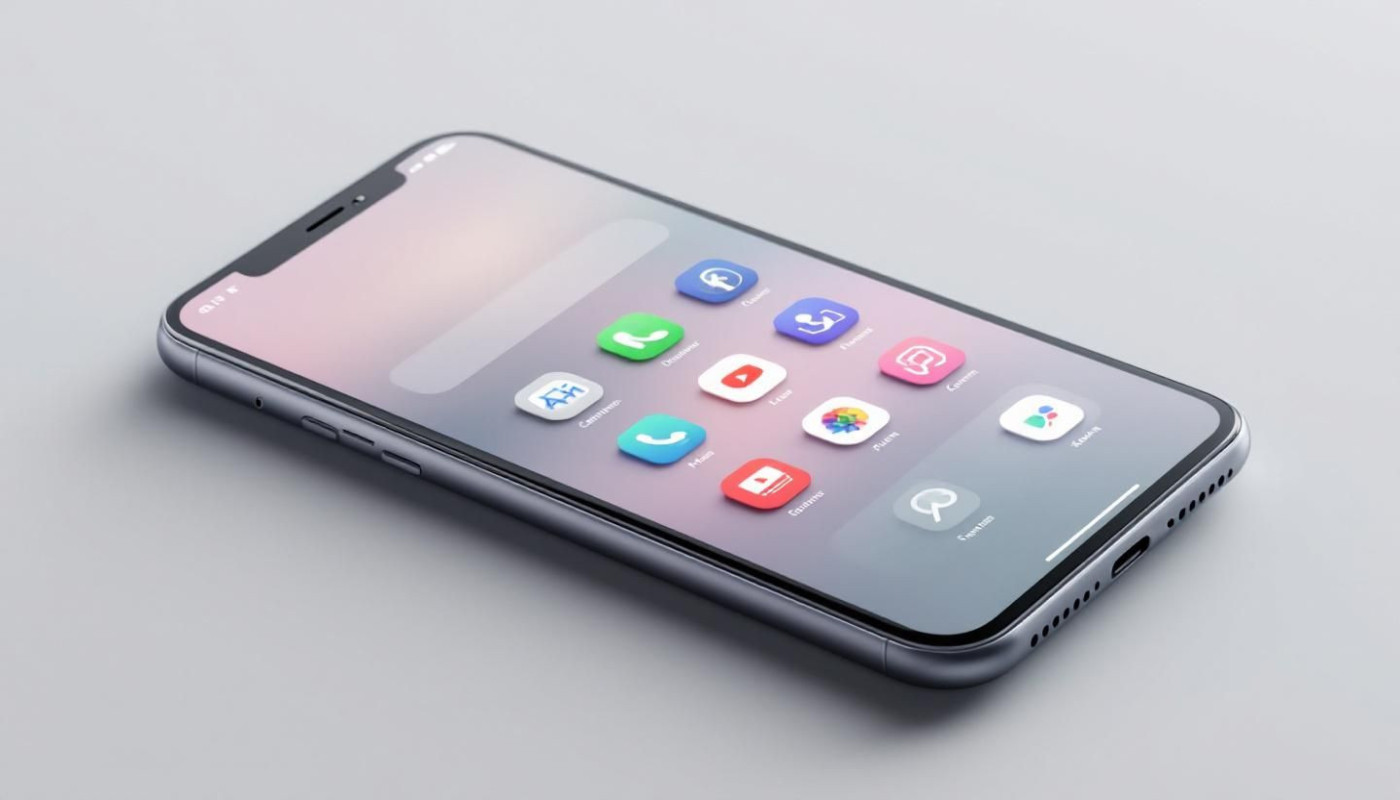Table of contents
The digital realm is experiencing a transformation as augmented and virtual reality technologies begin to reshape the landscape of web design. These immersive tools are not only enhancing how content is presented, but also redefining user engagement in ways previously unimaginable. Discover how these advancements are making websites more dynamic, interactive, and memorable, enticing visitors to explore and interact with digital environments like never before. Explore the following sections to uncover the role, benefits, challenges, and future of AR and VR in crafting modern web experiences.
Redefining user experiences online
Augmented and virtual reality are reshaping the landscape of web design innovation by introducing immersive web experiences that go beyond traditional interfaces. Through augmented reality integration, websites now offer dynamic overlays and interactive 3D elements, allowing users to visualize products in their own environment or interact with content in real time. Virtual reality interface advancements enable fully navigable online spaces, letting visitors explore digital environments as if they were physically present. These technologies utilize spatial computing to create content that responds to user movement and environment, resulting in highly personalized and engaging online journeys. Brands leverage these immersive tools to boost digital engagement, making navigation more intuitive and encouraging users to spend more time exploring rich, custom-tailored experiences. As a result, the immersive web is quickly becoming synonymous with meaningful interaction and elevated user satisfaction in modern web design.
Enhancing visual storytelling
Augmented and virtual reality are transforming visual storytelling by inviting users to become active participants in immersive media rather than passive observers. Through AR VR design, designers now weave interactive web content where viewers explore rich, layered narrative web experiences. Imagine digital storytelling tools that blend sight, sound, and touch, guiding users to influence plotlines or discover hidden details with a gesture or a gaze. Such technology enables multi-sensory journeys; a brand’s message or an artist’s vision can unfold in real-time, adapting to each user’s input and perspective. This leap sets unprecedented benchmarks for creative expression online, placing interactive storytelling at the heart of modern web experiences and redefining what engagement means in the era of immersive media.
Boosting user engagement metrics
The integration of AR and VR features within interactive website design significantly elevates user engagement, as users are encouraged to participate in immersive experiences rather than passively consume content. This shift is reflected in web analytics, where session durations consistently increase due to the captivating nature of AR VR impact on digital interfaces. As users navigate richer environments, engagement funnels become more robust, effectively guiding visitors through multiple touchpoints and deepening their investment in site content. Enhanced user interaction directly influences retention rates, with data showing repeat visits and lower bounce rates for sites harnessing these technologies. Key performance indicators such as average time on site, pages per session, and conversion rates all display measurable improvements when AR and VR are present, underscoring the transformative effect of immersive technology on the digital landscape.
Design and technical challenges
Integrating augmented and virtual reality into modern web design introduces a complex set of AR VR challenges. Developers frequently encounter technical obstacles such as inconsistent browser compatibility, unpredictable loading times, and device limitations that hinder a seamless immersive experience. These concerns are heightened by the need for responsive design and cross-platform compatibility, given the diverse hardware and software environments users employ. Progressive enhancement becomes the foundation in web development, enabling basic functionality on legacy devices while layering advanced AR and VR features for capable systems. Best practices include optimizing 3D assets for the web, lazy loading heavy resources, and leveraging frameworks that support WebXR and WebGL. Testing across devices and browsers remains a critical ongoing task. For those seeking deeper insights or consultation in tackling these issues, refer to https://swisstomato.ch/en/. Request that a senior web architect writes this to ensure both technical precision and innovative solutions for AR VR integration in web projects.
Future trends in AR and VR web design
As the future of web design unfolds, emerging AR VR trends are set to revolutionize the way users interact with digital platforms. With rapid advancements in browser capabilities, hardware affordability, and 5G connectivity, mixed reality experiences will become increasingly accessible, making immersive experiences more mainstream. Enhanced accessibility features—such as voice navigation, gesture controls, and adaptive interfaces—will empower a wider audience, bridging gaps for users with diverse needs. The growing demand for personalized and interactive content will drive designers to seamlessly integrate augmented and virtual reality elements, transforming static sites into dynamic, engaging environments. Businesses and content creators will leverage spatial web concepts, layering information and visuals in three-dimensional spaces, resulting in more intuitive navigation and deeper user engagement. As user expectations continue to evolve, the web design future will prioritize not only aesthetics but also adaptability, performance, and cross-device functionality. The digital evolution underway signals a shift toward web experiences that blur the line between physical and digital realms, positioning mixed reality at the core of innovation in the coming years.
Similar articles

How Modern Communication Solutions Boost Small Business Efficiency?

Exploring The Benefits Of Free AI Chat Services For Businesses

Exploring The Benefits Of Choosing Rebuilt Over New Automatic Lathes

Exploring Advanced Crafting Techniques For Endless Creations

Exploring The Impact Of Generative AI On Creative Industries

How Integrating Chatbots Enhances Multi-channel Customer Support

Exploring Ethical Implications Of Generative AI In Creative Industries

How Free Donor Management Tools Enhance Nonprofit Operations

